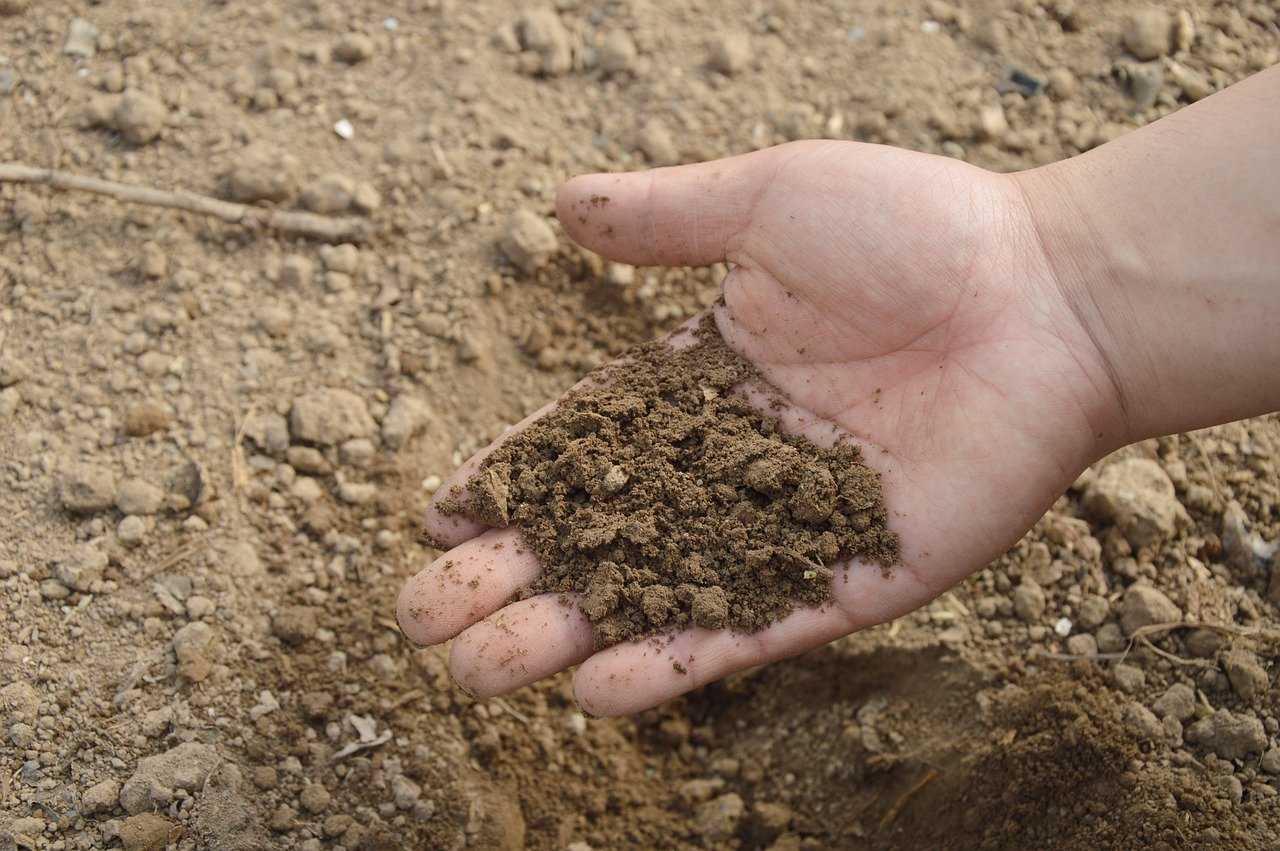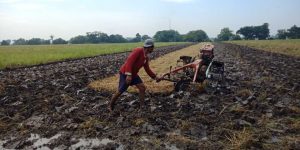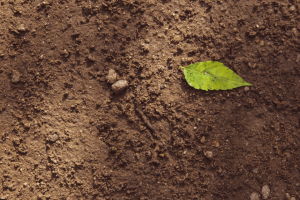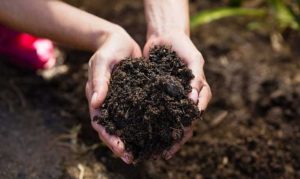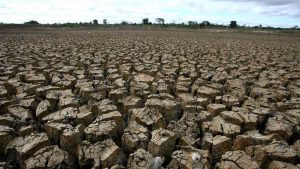Soil is one of the main determining factors in the success of plant growth because it serves as a medium that provides essential nutrients, water, and air needed to support physiological processes in plants.
Well-maintained soil quality creates a stable environment that allows roots to develop optimally and facilitates more effective nutrient absorption.
The sustainability of agricultural productivity largely depends on the ability to keep soil conditions healthy, as damaged or degraded soil reduces crop yield potential and may even threaten ecosystem balance.
Serious attention to soil health not only offers short-term benefits in the form of increased agricultural output but also safeguards natural resources for future generations.
Fertile, loose soil rich in microorganisms strengthens plants’ resilience against environmental disturbances while supporting a sustainable agricultural system.
Read Also : 10 Tips for Utilizing Organic Fertilizer to Improve Soil Quality
The Secret of Maintaining Soil Health for Optimal Plant Growth
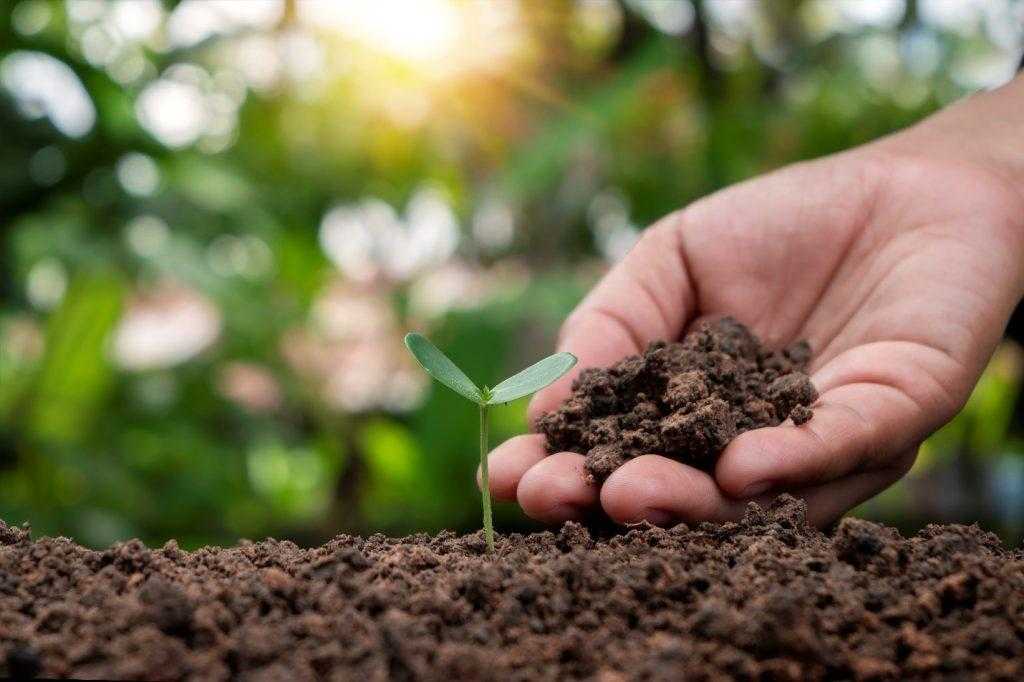
Here are the secrets to maintaining soil health so that plants can grow optimally, which can be applied consistently in daily agricultural practices:
1. Crop rotation for soil fertility
Crop rotation is an important strategy to maintain soil quality by alternating the types of plants grown on the same land.
Changing plant varieties helps break the cycle of pests and diseases that usually persist when the same crops are planted repeatedly.
In addition, rotation helps minimize nutrient depletion since different plants require different nutrients. This practice ultimately keeps the soil balanced in terms of nutrient content, allowing land productivity to be sustained in the long term.
Implementing crop rotation also improves soil structure. Deep-rooted plants can enhance soil porosity, while shallow-rooted plants keep the topsoil loose.
This combination creates healthy soil conditions that support the growth of natural microorganisms. Thus, crop rotation not only increases soil fertility but also creates a more stable and sustainable environment for agriculture.
2. Regular use of organic fertilizers
Organic fertilizers are a natural source of nutrients that gradually improve soil conditions. The organic matter in this type of fertilizer enriches the soil with nutrients while also improving its structure, making it looser and easier to cultivate.
The presence of organic fertilizers also enhances the soil’s ability to retain water, ensuring that plants receive sufficient supply even in dry conditions.
The natural processes resulting from the use of organic fertilizers make them an excellent choice to support environmentally friendly farming systems.
Moreover, organic fertilizers provide a favorable environment for soil microorganisms. Beneficial microbes such as decomposer bacteria thrive in soil rich in organic matter.
These microbes play a role in releasing essential nutrients that plants can absorb more easily. With consistent use of organic fertilizers, soil becomes not only more fertile but also more supportive of long-term agricultural sustainability.
3. Avoiding excessive pesticide use
Excessive use of chemical pesticides can disrupt the balance of the soil ecosystem. The chemicals they contain do not only kill target pests but also destroy beneficial microorganisms that play a role in maintaining soil health.
When the population of soil microbes decreases, the soil’s ability to support plant growth declines. Damage to the soil ecosystem caused by overuse of pesticides can also worsen erosion problems and lower land quality.
A wiser approach is to apply integrated pest management that prioritizes ecosystem balance. Pesticides should only be used when truly necessary and at the right dosage.
This way, soil remains healthy, and beneficial microorganisms can continue to thrive. Keeping pesticide use under control protects land productivity and ensures agricultural sustainability.
4. Maintaining soil moisture with mulch
Mulching is an effective method for maintaining soil moisture. A protective layer of straw, sawdust, or other organic material reduces water evaporation, keeping soil water levels stable.
This protection is especially beneficial during the dry season when water is harder to obtain. Besides maintaining moisture, mulch also acts as a barrier against excessive sunlight.
Another advantage of mulching is protecting the soil from erosion and suppressing weed growth. Weeds covered by mulch struggle to grow, allowing main crops to thrive more effectively.
Additionally, the organic materials used as mulch will decompose over time and provide extra nutrients for the soil. In this way, mulch not only preserves soil moisture but also contributes to natural soil fertility.
5. Implementing efficient irrigation systems
Efficient irrigation is a crucial factor in maintaining soil health. Proper water management not only meets plant needs but also prevents waterlogging that can damage soil structure.
Excess water can leach away nutrients, while insufficient water leaves soil dry and hard to manage. Effective water use through irrigation systems helps keep soil moisture at an optimal level.
The application of modern irrigation technologies such as drip or sprinkler systems has significant positive impacts. These methods ensure even water distribution while minimizing waste.
With efficient irrigation, farmland becomes more productive as soil remains in ideal condition to support plant growth. Agricultural sustainability is also better ensured when water use is managed wisely.
6. Controlling erosion with cover crops
Soil erosion is a serious issue that can reduce land productivity. One effective preventive measure is planting cover crops.
The roots of cover crops strengthen soil structure, making it more resistant to water flow and wind. These plants also protect the soil surface from direct rainfall impact, which is a major cause of erosion.
Beyond preventing erosion, cover crops also improve soil quality. When they decompose, they add organic matter that increases nutrient content.
Their presence also helps suppress weed growth and maintain stable soil moisture. This practice has proven effective in ensuring the long-term sustainability of agricultural land.
7. Adding organic matter from agricultural waste
Agricultural waste such as straw, corn stalks, or peanut shells can be used as a source of organic matter for the soil. When these residues are processed and returned to the land, soil structure improves and humus content increases.
Organic matter plays a vital role in enhancing soil water retention and increasing nutrient availability for plants. Using agricultural waste as natural fertilizer also helps reduce dependence on chemical fertilizers.
Beyond improving soil quality, the use of agricultural waste also supports more environmentally friendly land management. Waste that is often discarded or burned can instead be processed into beneficial compost.
In this way, the nutrient cycle is naturally preserved, keeping soil productive in the long term. Utilizing agricultural waste as organic matter is a wise step in building a sustainable farming system.
8. Keeping soil pH balanced
Soil pH is an important factor that determines how well plants can absorb nutrients. Soil that is too acidic or too alkaline hinders nutrient absorption even when nutrients are present in abundance.
Maintaining soil pH at a balanced level makes nutrients more available and supports optimal growth. Plants growing in soil with an ideal pH tend to be healthier and more resistant to diseases.
Soil pH management can be done by applying lime to acidic soils or adding specific organic materials to stabilize conditions. Regular monitoring through soil testing also helps track changes in pH.
With proper corrective measures, soil pH can be maintained so that fertility and productivity remain high. Efforts to balance soil pH are one of the key pillars of sustainable land management.
9. Reducing excessive tillage
Excessive soil tillage can damage the natural structure of the soil. Repeated plowing, especially in wet conditions, breaks down soil aggregates, making them fragile and easily destroyed.
This reduces the soil’s ability to hold water and weakens the activity of organisms within it. The result is denser soil that is more prone to erosion, leading to a gradual decline in land productivity.
Reducing the intensity of tillage helps preserve natural soil structure and maintain the stability of the soil’s micro-ecosystem.
Conservation farming practices that minimize mechanical disturbance improve water infiltration and boost microbial activity. This approach also supports sustainability since soil retains its natural fertility. Thus, a balance between soil tillage and crop cultivation needs can be maintained.
10. Utilizing compost from plant residues
Compost made from plant residues is a highly valuable source of nutrients for enriching soil. The decomposition of organic material in compost releases macro- and micronutrients that plants can absorb gradually.
One advantage of using compost is the stable nutrient supply, preventing rapid fertility loss. Additionally, compost improves soil texture by enhancing its water-holding capacity.
Using compost also provides ecological benefits by reducing the buildup of agricultural waste. Crop residues that would normally be discarded can be turned into material useful for farmland.
Soil microbes flourish when new organic matter is introduced. In this way, the nutrient cycle is preserved while promoting an environmentally friendly farming system.
11. Planting nitrogen-fixing legumes
Leguminous plants have the unique ability to fix nitrogen from the air through biological processes. The nitrogen they fix enriches the soil and can be used by other plants.
Growing legumes such as beans or alfalfa in rotation is a common practice to increase soil fertility. This method has proven effective in reducing reliance on synthetic chemical fertilizers.
In addition to enriching nitrogen content, legumes improve soil structure with their root systems. Their widespread roots enhance aeration and reinforce soil layers against erosion.
Legumes also serve as natural ground cover, helping retain moisture. Thus, legumes contribute both nutrient enrichment and soil protection in the long term.
12. Conducting regular soil testing
Soil testing is an essential step to determine the physical and chemical conditions of the soil in detail. Test results provide information on pH, nutrient levels, and soil moisture.
This data serves as a guide for deciding the right type of fertilizer or treatment to support plant growth. Without soil testing, fertilizer use is often ineffective because it does not match the soil’s actual needs.
Carrying out soil tests regularly also improves cost efficiency in farming. Farmers can adjust fertilization or soil treatment strategies based on accurate analyses. This approach keeps soil healthy without overusing chemicals. In this way, agricultural productivity can be sustained more reliably.
13. Using eco-friendly biofertilizers
Biofertilizers are natural solutions that use microorganisms to improve soil fertility. The microbes in biofertilizers help decompose organic matter and facilitate nutrient absorption by plants.
Their use reduces dependence on chemical fertilizers, which often have negative impacts on soil. Biofertilizers not only enrich soil but also preserve microbial diversity essential for soil health.
The use of biofertilizers also has long-term benefits for land ecosystems. The microorganisms introduced can remain in the soil and restore natural balance.
Plants grown in soil treated with biofertilizers tend to be more resistant to disease thanks to healthier root systems. This practice represents a sustainable strategy to maintain soil quality and agricultural yields.
14. Conserving groundwater through infiltration
Groundwater is a key source for sustaining plants and land ecosystems. Water infiltration through vegetation, infiltration wells, or natural drainage systems helps maintain groundwater availability.
When water reserves are sufficient, plants grow more steadily and are less affected by extreme climate changes. Infiltration also reduces flood risks by holding back surface runoff.
Beyond maintaining water supply, infiltration systems gradually improve soil quality. The water that seeps into the soil carries essential minerals and supports microbial activity.
Soil with sufficient water reserves becomes looser, more fertile, and more productive in the long term. This effort is crucial in building a farming system resilient to climate change.
15. Converting livestock waste into organic fertilizer
Properly processed livestock waste can become a valuable source of high-quality organic fertilizer. Fermentation or composting of livestock manure produces nutrient-rich fertilizers.
These fertilizers enhance soil organic matter content and improve soil texture. Thus, livestock waste not only finds a solution but also contributes significantly to land productivity.
Managing livestock waste also reduces environmental pollution that usually results from direct disposal. Processed manure is safer and does not emit strong odors.
Soil microorganisms become more active with the addition of organic matter. Through proper management, livestock waste can become an integral part of sustainable farming systems.
Soil health is a fundamental pillar of sustainable agriculture. Efforts to maintain soil quality must be carried out in environmentally friendly ways that uphold ecosystem balance. Fertile and well-preserved soil not only supports optimal plant growth but also guarantees long-term agricultural productivity.
Read Also : 8 Simple Steps to Improve Soil Structure for Better Looseness

